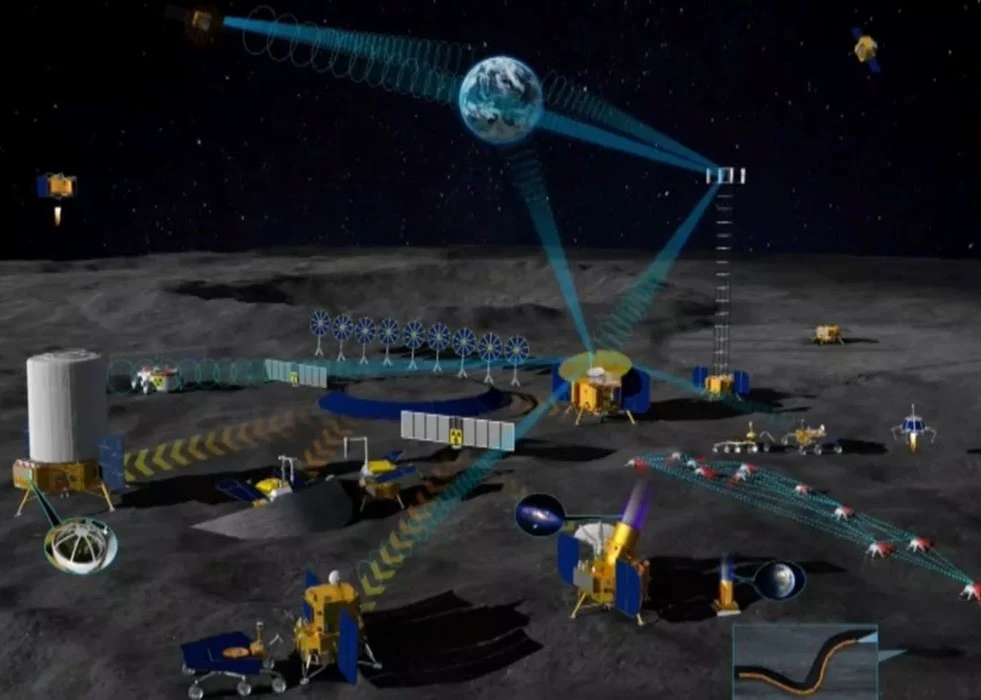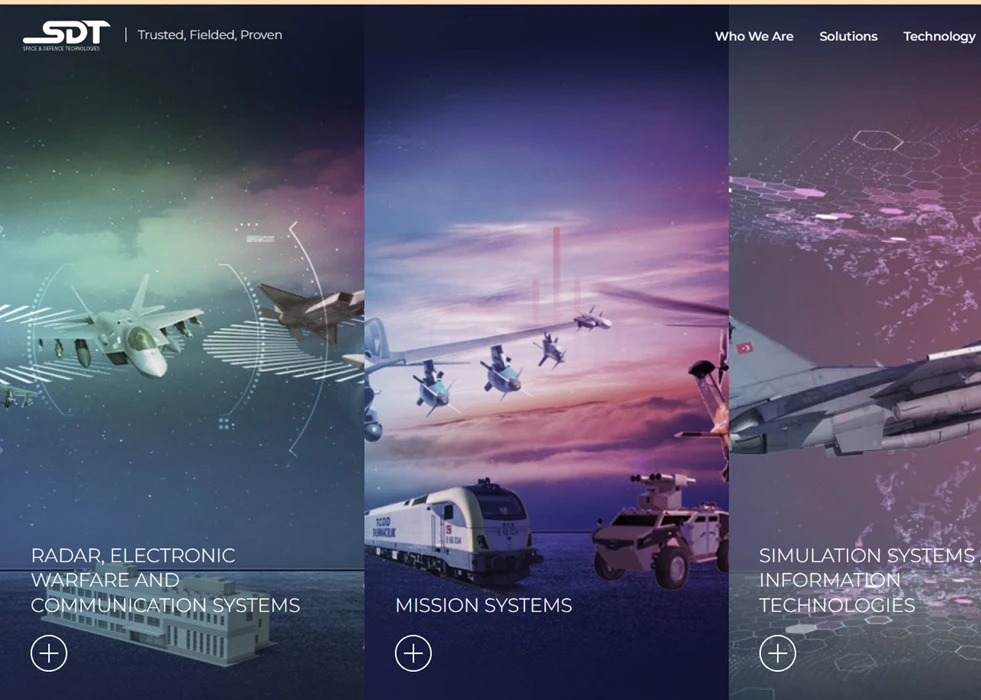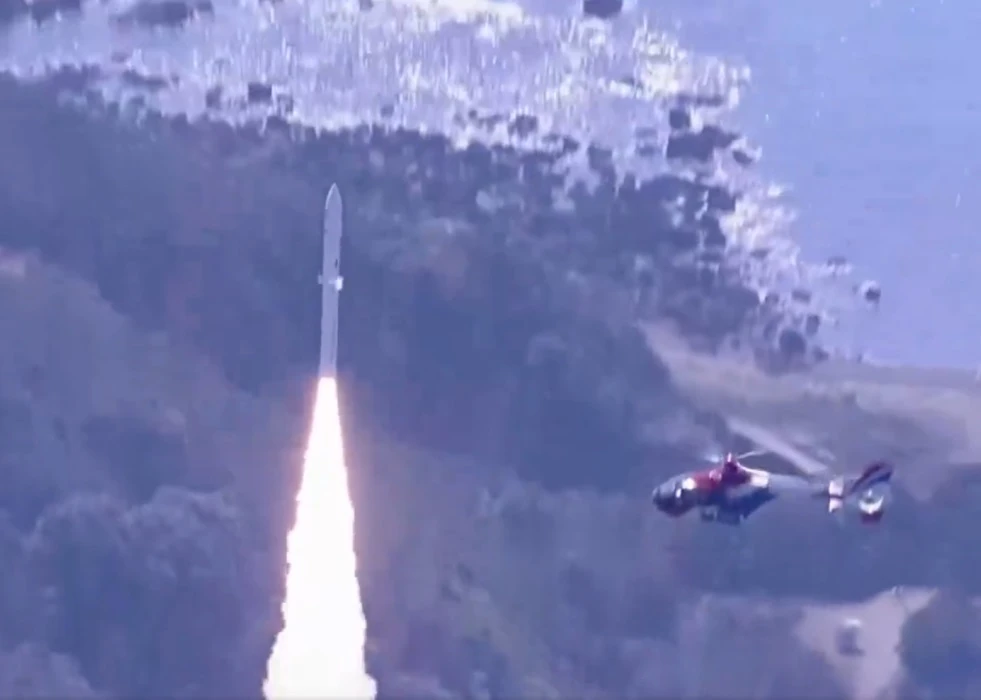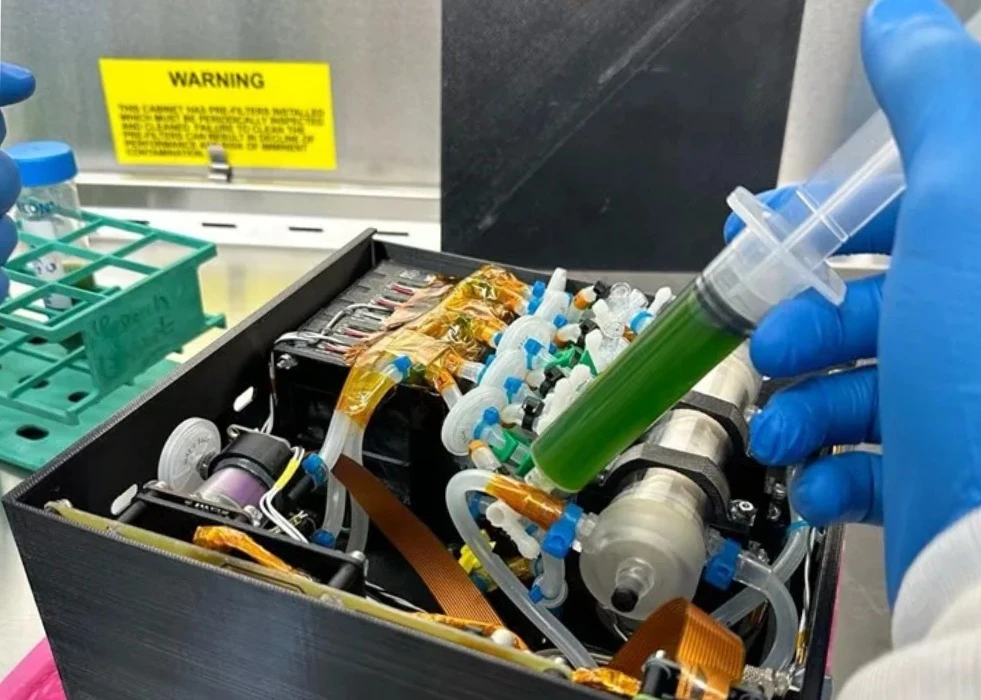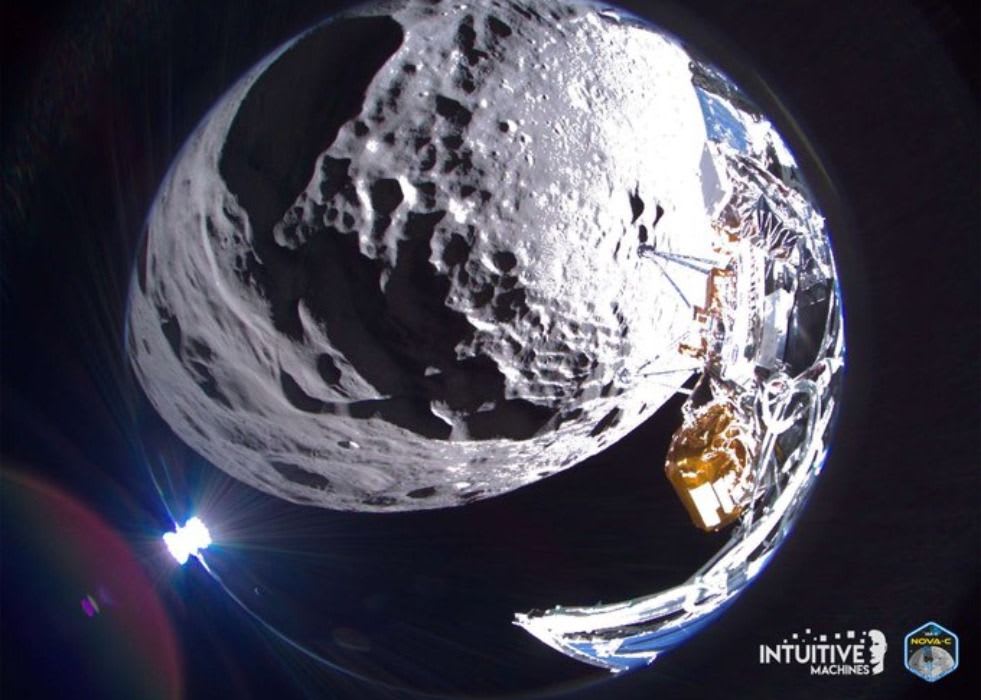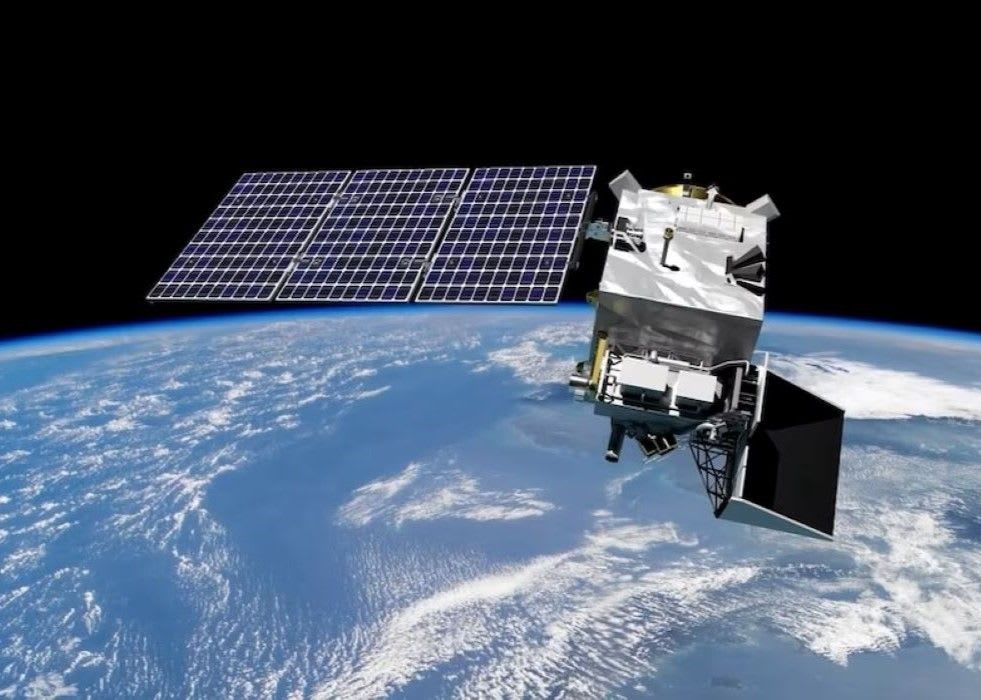The 44-meter-high PSLV-C51 rocket with two solid side boosters lifted off from the Satish Dhawan Space Center on the Indian island of Sriharikota.
Brazil plans to use the Amazonia-1 to “alert deforestation” in the region, according to Brazil’s National Institute for Space Research (Instituto Nacional de Pesquisas Espaciais /NPE).
This satellite is designed to deliver remote sensing data to the government and science community for monitoring deforestation in the Amazon region and analysis of diversified agriculture across the Brazilian territory.
It carries a wide-view optical imager (camera with 3 frequency bands in the visible spectrum – VIS – and 1 band near the infrared – Near Infrared) capable of observing an 850 km range with 64 meters of resolution.
The satellite is also Brazil’s first independently designed, built and operated satellite, which country officials hailed after it reached orbit.
Brazil’s minister for science, technology and innovation Marcos Pontes said, “It represents a new era of the Brazilian industry for satellite development in Brazil.”
The satellite will be able to view any part of Earth within five days and can observe in both visual and infrared bands, with a resolution of about 200 feet (60 meters).



